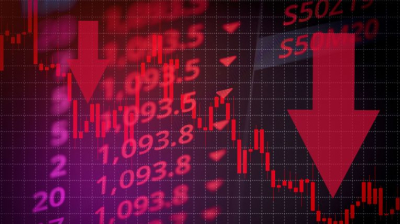The reaction of the stock market to the dire predictions that piled up recently is a crucial aspect in the investment process. To an investor, it is very important to tune in to the signals the market sends out and its reaction to the macroeconomic news flurry.
“The stock market prices reflect the investors’ approach on the listed companies, approach built upon fundamental criteria and the underlying historical data and projections. The view of an issuer can change when unforeseen events take place or when the issuer reports financial performances below or above expectations. In the light of these events, the stock prices will properly adjust,” Andreea Gheorghe, manager research department at Intercapital Invest told Wall-Street.
Catalin Bolohan, investment director at Explore Asset Management presents the conclusions of various analyses made over the past years meant to capture the market reaction to the news.
“The conclusion was that the stock markets may have different reactions to same macroeconomic news, given the general economic condition. Taking into account the opposite influences of future earning flow and of discount rate and the company assessment methodology, the study found that in times of economic downturn, the effect over future profit flows takes precedence, while in bulls, the cut-off point, used as discount, surfaces.
Therefore, in times of economic recession, the negative news raises questions on the future size of profits, shrinking the assessment level and stock market prices, while positive news improves expectations on the cash flow and can trigger a short-term positive impact on stock prices.
On the other hand, in bullish times, the negative news can engender assumptions of discount rate cut while the positive news will lead to growth rate indexes expectations. “Analyses revealed that negative macroeconomic figures in the midst of bullish trend can have positive impact over the stock market, while good news can signal an overheating of the economy”, Bolohan explained.
Furthermore, this entire news flurry tends to have long-term influences in stormy times than in times of economic expansion, and lead to short-term price movements and abnormal trading volumes.
Citeste si:
Calculator Salariu: Află câți bani primești în mână în funcție de salariul brut »
Te-ar putea interesa și:


















































































![HR [PLAY] Tech Workout - 11...](https://www.wall-street.ro/image_thumbs/thumbs/973/973fe0a3888d417feff63de42e814180-260x260-00-65.jpg?v=1714173701)









